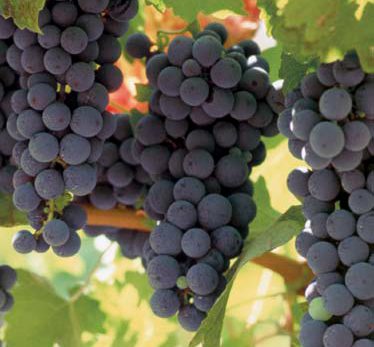The LCBO Quality Assurance Laboratory offers analytical testing services that assist producers, retailers, importers and exporters of beverage alcohol products, and regulatory organizations with a variety of testing needs.
The LCBO Quality Assurance Laboratory operates under a quality management system that is ISO 17025 accredited and ISO 9001 registered. This ensures that the analytical results produced by our state-of-the art laboratory are accurate, reliable, and can be used internationally. Our proprietary analyses are optimized for testing a large variety of beverage alcohol products and can be used to assess compliance with Canadian regulatory requirements for specific compounds of interest and assist with a variety of manufacturing needs.
Alcohol content is an important characteristic of a beverage alcohol product and it can influence the sensory profile, product stability and solubility of compounds.
Alcohol concentration is a mandatory labelling declaration and as such, it must be true and not misleading. Alcohol concentration is also important for taxation purposes.
Ethanol is the primary alcohol responsible for the alcohol content of a beverage alcohol product and is naturally formed through alcoholic fermentation. In distilled products, the
alcohol content can also be influenced by the presence of other alcohols and volatile compounds, other than ethanol. Depending on the product type, different methods of analyses are available for alcohol testing.
Alcohol Concentration in Wines, select Spirits and other Beverage Alcohol Products
Spectroscopy | NIR
Ethanol in Wine, Liquors and Spirits and other Beverage Alcohol Products
Chromatography | GC-FID
Apparent Alcoholic Strength in Unobscured Spirits
Electronic Densimetry
Real Alcoholic Strength of Beverage Alcohol
Distillation & Electronic Densimetry
This panel provides a set of routine analyses that assist the winemaker with the common wine attributes required to monitor production and inform winemaking and bottling decisions.
This panel of tests also offers insights into the potential stability of the wine and its ageing potential as well as a view on components that can influence the sensory profile of the wine.

Total Reducing Sugars (sucrose)
Spectroscopy | Continuous Flow Analysis
Volatile Acidity (acetic acid)
Spectroscopy | Continuous Flow Analysis
Volatile Acidity (acetic acid)
Cash still | Titration
Titrable Acidity at pH 7 (tartaric acid)
Titration
Titrable Acidity at pH 8.2 (tartaric acid)
Titration
Turbidity
Nephelometry
pH
pH Meter
Specific Gravity
Densimetry
Food additives are used in beverage alcohol products for a variety of functions, such as preservatives, colouring agents or sweeteners.
Food additives are regulated in Canada under the Food and Drug Regulations and associated Marketing Authorizations (MAs). All permitted food additives and their conditions of use are listed in the Health Canada Lists of Permitted Food Additives.
Free SO2 in Beverage Alcohol Excluding Spirits and Liquors
Spectroscopy| Continuous Flow Analysis
Total SO2 in Beverage Alcohol Excluding Spirits and Liquors
Spectroscopy| Continuous Flow Analysis
Sorbic Acid in Beverage Alcohol Excluding Spirits and Liquors
Spectroscopy| Continuous Flow Analysis
Synthetic Dyes in Alcoholic Beverages
Chromatography | HPLC-PDA
Artificial Sweeteners
Chromatography | HPLC-PDA
Some chemical constituents that can be present in beverage alcohol products may have harmful properties and they should be monitored closely.
These contaminates belong to various classes and they can form or be introduced during the manufacturing process.

Ethyl Carbamate in Beverage Alcohol
Chromatography |GC-MS
Pesticide Residues in Wines and Beer
Chromatography |GC-MS
Thujone in Distilled Spirits (e.g. absinthe)
Chromatography |GC-MS
Ochratoxin A in Wine and Beer
Chromatography|HPLC-FLD
Methanol in Wine
Chromatography|GC-FID
Methanol in Spirits and other Beverage Alcohol Products
Chromatography|GC-FID
Metals in Beverage Alcohol
ICP-MS
Lead, cadmium leaching (e.g. crystal, ceramic)
ICP-MS
“Cork taint” is a common sensory fault that can contribute musty or mouldy aromas to wine, spirits or other beverage alcohol products.
2,4,6-Trichloroanisole and 2,4,6-Trichlorophenol in Corks, Wines and Spirits
Chromatography | GC-MS
Caffeine in Beverage Alcohol
Chromatography|HPLC-PDA
Sodium Chloride in Cooking Wines and Spirits
ICP-MS
Specific Gravity
Densimetry
For more information about these analytical services and how we can best support your needs, contact us at AskQA.
